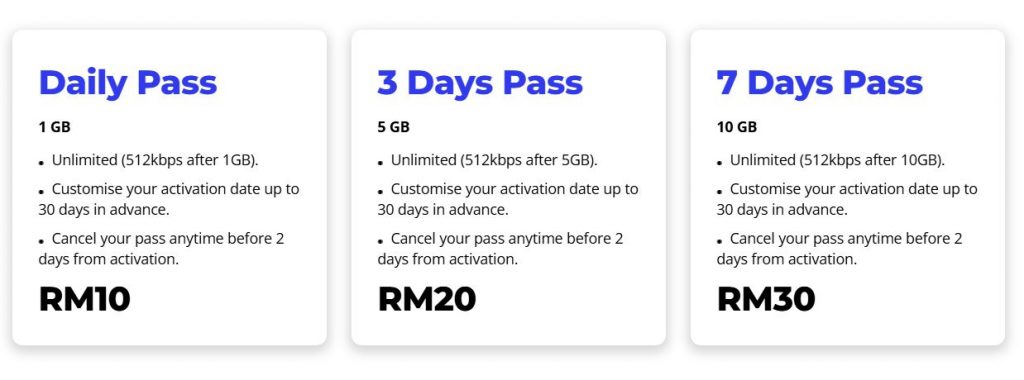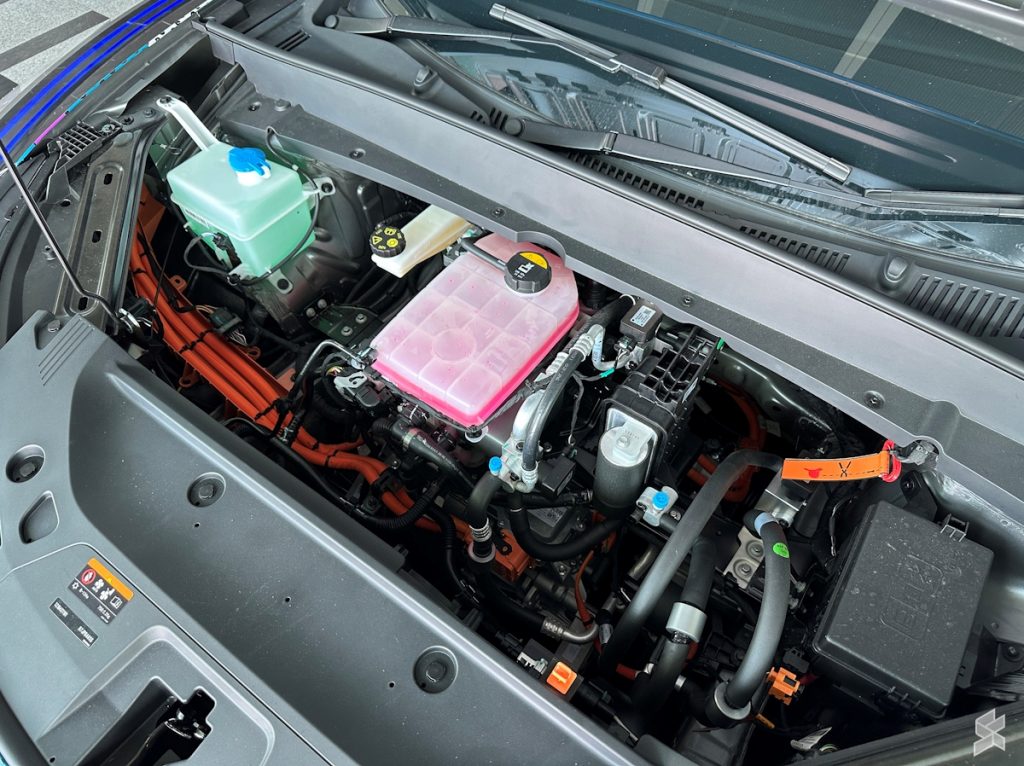Creating consistent characters in Stable Diffusion AI art can be a challenging yet rewarding endeavor. This process involves maintaining the same facial features and clothing styles across multiple images, despite different poses and backgrounds. While achieving 100% consistency may be impossible due to the inherent design of Stable Diffusion and AI art generators in general. A high level of consistency can be achieved with the right tools and techniques.
Stable Diffusion, a creation of the development team at Stability AI, allows artists to create unique and consistent characters. However, the process requires a deep understanding of the platform’s tools and features. One of the most crucial tools in this process is 3D software like Blender, which can be used to maintain consistency in the characters’ faces.
How to create consistent characters in Stable Diffusion AI art
To maintain the same face in Stable Diffusion, artists can create a sample prompt that can be used later with the After Detailer tool. This tool is particularly useful for creating consistent faces for characters, especially in full body shots. It allows artists to create a unique character with a consistent face by mixing different LoRAs or character models.
Another method for maintaining a consistent face is using a tool that can produce acceptable results and is particularly useful for deepfake-like applications. However, achieving consistency in clothing can be more challenging due to the complexity of some clothes. Even with the use of ControlNet changes may occur from one picture to another.
Other articles you may find of interest on the subject of Stable Diffusion and Stability AI :
Why do you need character consistency?
Creating consistent characters across multiple images using AI generators offers several advantages, particularly in storytelling, branding, and user experience design. In storytelling, whether it’s for video games, animations, or comics, maintaining character consistency is crucial for building a coherent narrative.
If a character’s physical appearance or style varies too much from scene to scene, it can break the viewer’s immersion and distract from the story. AI generators can help automate the creation of characters in various poses, expressions, and settings while ensuring that the underlying features remain consistent. This allows storytellers to focus on plot development and other creative aspects, saving time and resources.
From a branding perspective, character consistency is also significant. Brands often use mascots or characters as a part of their identity, and these characters appear across various marketing materials, websites, and merchandise. Consistency in how these characters look and feel helps in creating a strong brand image. An AI art generator can produce multiple versions of the character that fit different contexts but still adhere to the brand’s guidelines, ensuring uniformity and recognizability.
The ControlNet feature has a ‘Reference’ option that helps produce pictures with the same style as the input picture. To achieve better consistency in clothing, artists can remove the background using Photoshop or automatic background removal tools. This allows the focus to remain on the character and their clothing, reducing the potential for inconsistencies.
The prompt can be improved by adding more details and manipulating the ControlNet parameters such as style fidelity and control net weight. To maintain the same clothing style and face, multiple ControlNet can be used. This allows for greater control over the final output and increases the chances of achieving a consistent look.
After Detailer Stable Diffusion
The use of LoRAs inside After Detailer and in the prompt can also increase the consistency of the output. This technique allows artists to maintain a consistent character design across multiple images, despite changes in pose or background. Learn more about After Detailer over on the official GitHub repository.
Another use for consistent characters is across different digital platforms or stages of an application. For instance, a character that helps you during an onboarding process on a mobile app may also appear on the web version of the service to assist in a different context. Using AI generators to maintain this consistency ensures that the user encounters a familiar ‘face,’ which can improve engagement and contribute to a seamless user experience.
Despite the challenges, good results can be achieved with the help of After Detailer, Loras, and ControlNet . These tools, when used correctly, can help artists create consistent characters in Stable Diffusion AI art. While the process may require a significant amount of time and effort, the end result is a unique and consistent character that can be used across multiple images.
Creating consistent characters in Stable Diffusion is a complex process that requires a deep understanding of the platform’s tools and features. However, with the right techniques and a bit of patience, artists can create unique and consistent characters that meet their needs.
Image Credits : How to and After Detailer
Filed Under: Guides, Top News
Latest togetherbe Deals
Disclosure: Some of our articles include affiliate links. If you buy something through one of these links, togetherbe may earn an affiliate commission. Learn about our Disclosure Policy.





